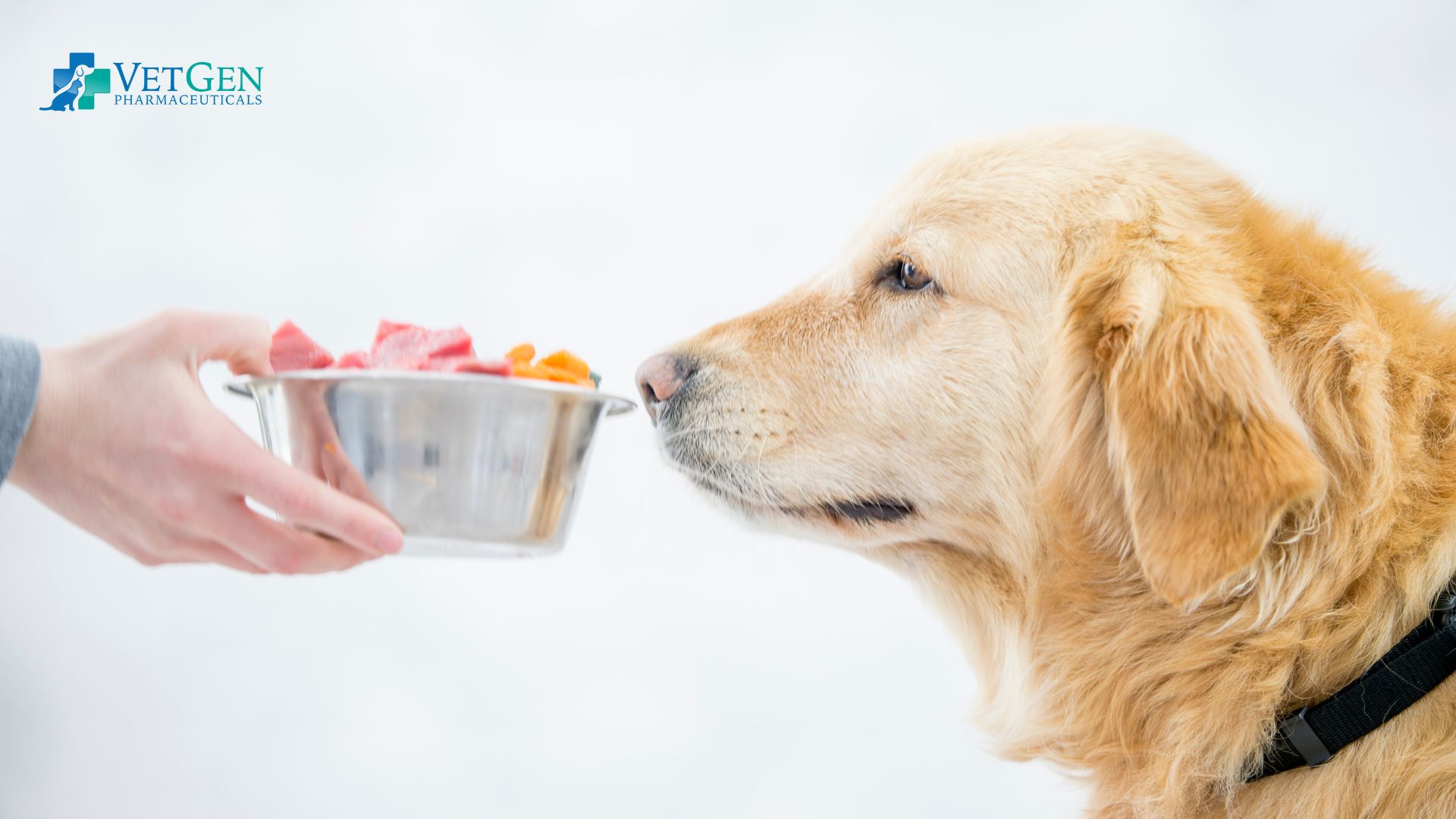Dogs have some eating habits that can affect their digestive health. This detailed guide will look at what happens when dogs eat too fast and don’t chew enough, thus helping give some tips on how to feed them more responsibly.
Understanding Canine Digestion
To understand how eating habits can impact dogs, it is important to understand how the digestive system of a dog works:
- Mouth: Digestion starts in the mouth. That’s where food is first cut by the teeth and partially digested by the saliva.
- Esophagus: It is a tube for food to enter the stomach.
- Stomach: Food here gets mixed with the digestive juice for further breakdown.
- Small Intestine: This organ helps to absorb most of the nutrients.
- Large Intestine: This is the final digestion, finally eliminating any type of waste.

The Effects of Eating Quickly
Eating food too quickly leads to different types of health problems in dogs:
1. Increased likelihood of Choking
In most cases, when dogs eat their food quickly, they don’t chew it enough. Big chunks of the food can thereafter get stuck in the throat, which can lead to choking. An article appearing in the Journal of Veterinary Emergency and Critical Care research revealed that choking is one of the top ten reasons dog owners rush their dogs to the vet.
2. Gastric Dilatation-Volvulus (Bloat)
Bloat is a severe condition that can be fatal to dogs. It occurs whenever the stomach of a dog inflates with gas and then twists. Ingesting food quickly raises the incidence of bloat, especially with large deep-chested dogs.
3. Abdominal Pain
Eating too quickly can cause indigestion in dogs. This can lead to discomfort, gas, and sometimes vomiting in dogs.
4. Poor Nutrient Absorption
The digestive system finds it more difficult to break down and absorb vital nutrients from poorly chewed meals. This may eventually result in significant nutritional deficiencies.

Advantages of Slow Eating Habits
Encouraging a dog to eat at a more measured pace would reap a variety of benefits:
- Improved Digestion: Eating slowly enables chewing, leading to the initiation of the digestive process.
- Better Nutrient Absorption: Chewing and digesting food properly allows canines to absorb a lot more nutrients from the meal.
- Lower Bloat Risk: Eating slowly can help stop swallowing too much air, which can lead to bloat.
- Weight Control: It takes longer for the brain to signal fullness, perhaps allowing fewer chances for overeating.

Ways to Help Pacing the Fast Eaters
There are several ways one can help a dog that eats too fast slow down.
1. Slow-Feeder Bowls
These special feeding bowls have obstructions that make it tough for the dog to eat at a fast pace.
2. Puzzle Feeders
These feeders require the dog to work for his or her food, thus slowing the speed at which it eats as well as providing mental stimulation.
3. Food scatter
Scattering the dog’s kibble on a clean surface or on a snuffle mat will make him hunt for his food instead of taking it from a bowl.
4. Intake Frequency
Divided food ingested on a day-to-day basis can also prevent gulping.
5. Consistency in food
The incidence of water in dry food, though slowing down the pace of ingestion, facilitates digestion.
6. Hand Feeding
Though time-consuming, hand feeding does indeed take a longer time.
Generally, big changes in a dog’s eating routine must be checked with a veterinarian, keeping in mind that there could be hidden health problems.

Scientific Evidence Supporting Slower Eating
Studies indicate that eating slowly is healthy for dogs:
A study published in Journal of Animal Physiology and Animal Nutrition discovered that the dogs fed through slow-feeder bowls took about 38% longer to complete their meals in comparison with dogs fed in conventional bowls. The slow eating rate reduced cases of regurgitation and improved digestion.
Research done from the University of Agricultural Sciences in Sweden indicated that dogs that ate slowly had a far lesser possibility of getting bloated. This study indicates how important it is to control how fast dogs may eat, especially for breeds that can easily get this severe problem.
Conclusion: Support of Healthy Digestion by Dining Healthily
Encouraging the dogs to eat slowly will really help them digest much better and can even stay healthier. Some of the methods will encourage the dogs to eat better, and this way the dog owners can minimize any chances of having digestive problems in their pets.
A useful reminder here is that each dog will have its individual peculiarities, and what works well for one may not work for another. Introducing new feeding methods calls for patience and consistency. If the concerns persist after trying it out, advice from a veterinarian may be helpful.
For more information about pet health and nutrition, visit VetGen Pharmaceuticals. They offer a lot of great products that help with the digestions of dogs and overall health.
Frequently Asked Questions
What is the indication that the dog is eating too fast?
Signs of eating too fast are lack of chewing the food, finishing meals in less than two minutes, and a tendency to puke after eating.
Are there dog breeds that habitually gobble food?
Actually, there are breeds of dogs that eat well. Some of them include Labrador Retrievers, Golden Retrievers, and German Shepherds.
Does rapid eating cause long-term health problems?
Yes, eating too quickly all the time can cause problems like being overweight, stomach issues, and an increased chance of bloating in dogs.
Can dogs be fed human food to encourage them to eat more slowly?
Some of the human foods are safe for dogs, but it is better to feed them their normal diet as well as use such special slow feeding tools.
How long does it take a dog to consume a meal?
A dog will consume food within about 10 to 15 minutes






